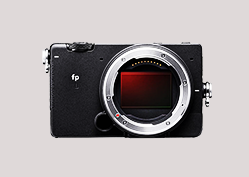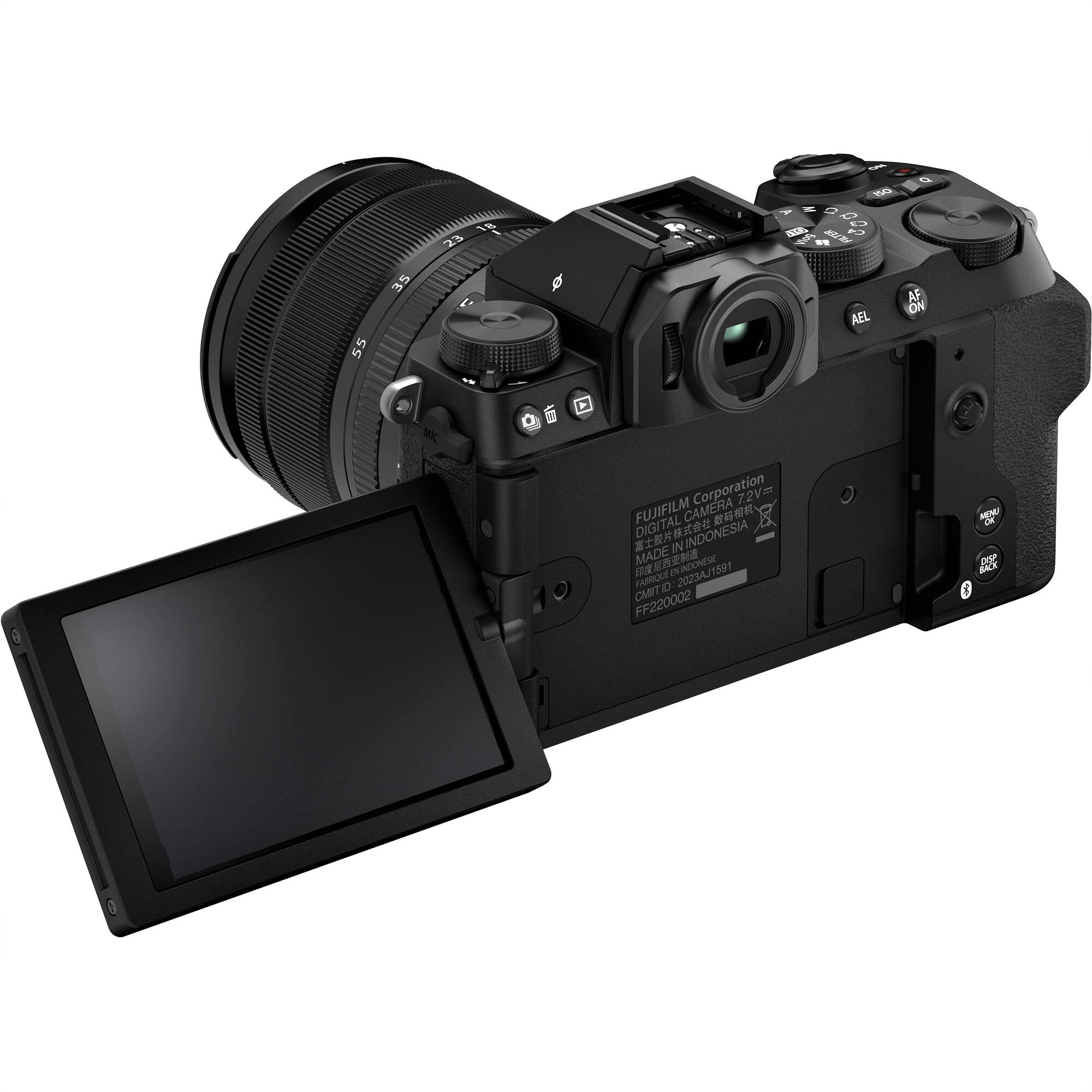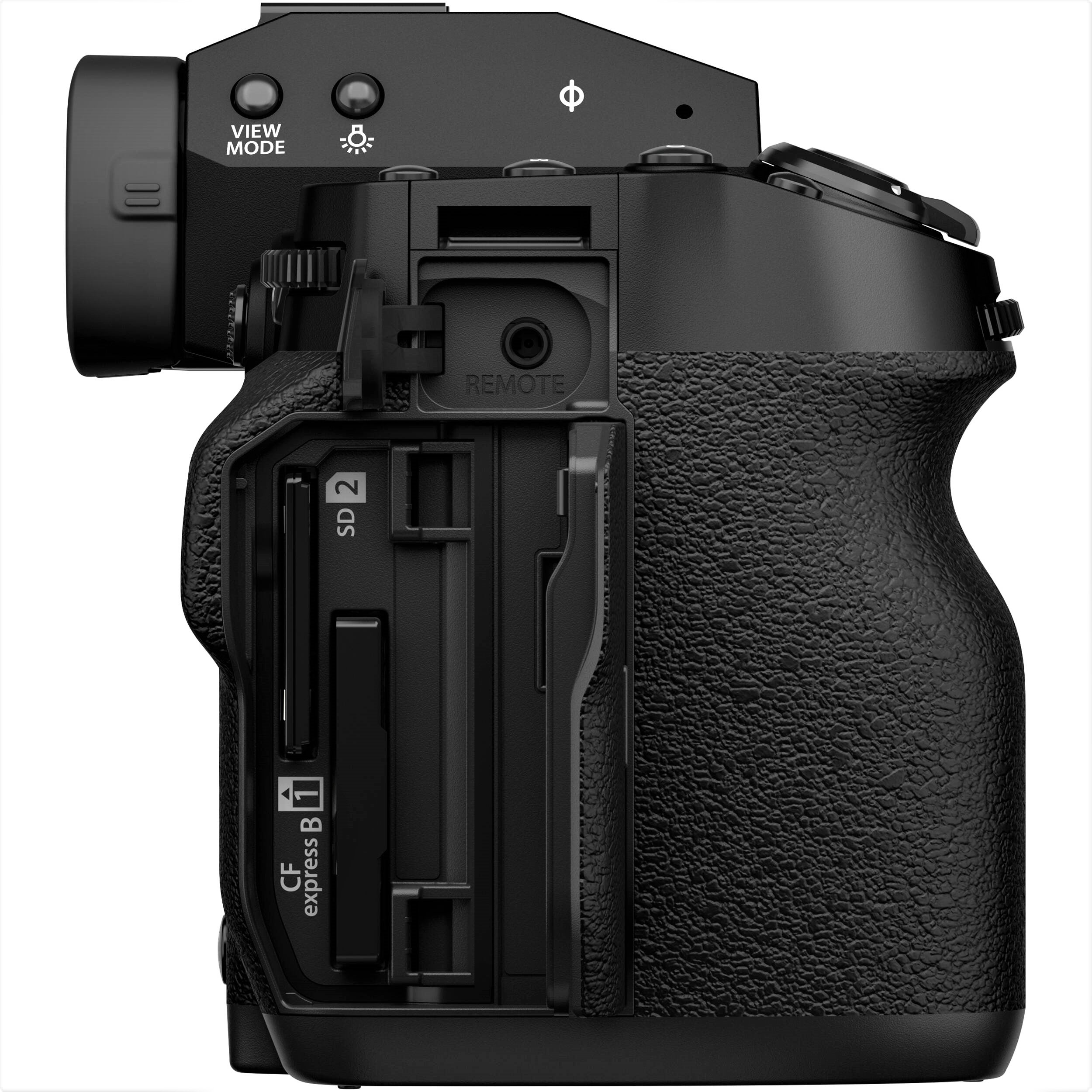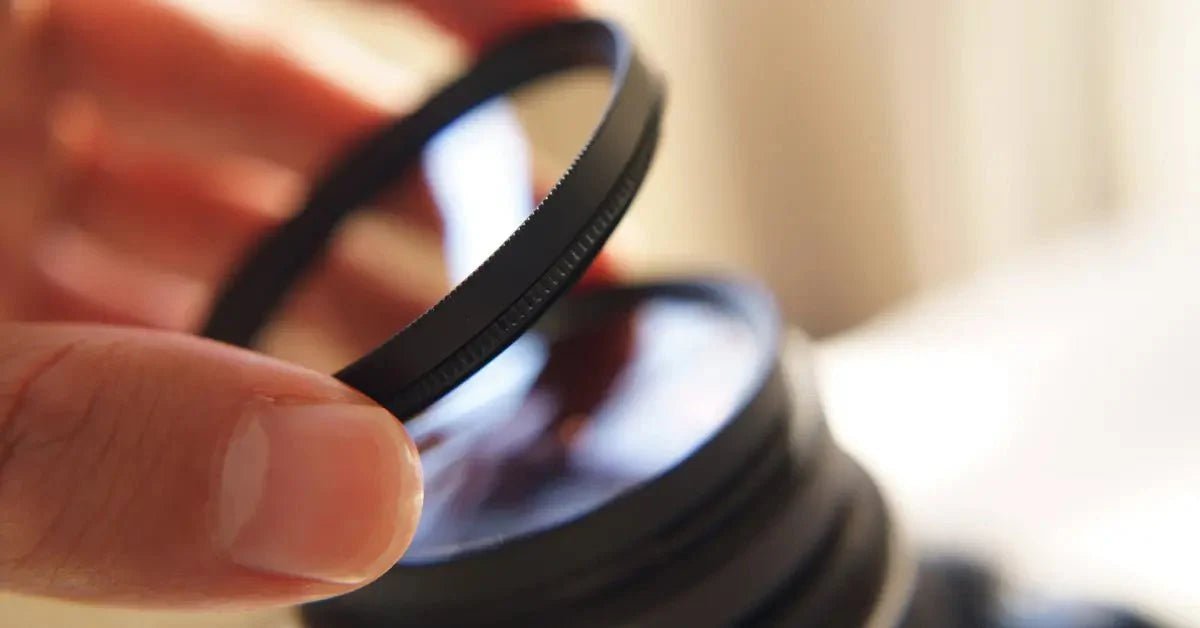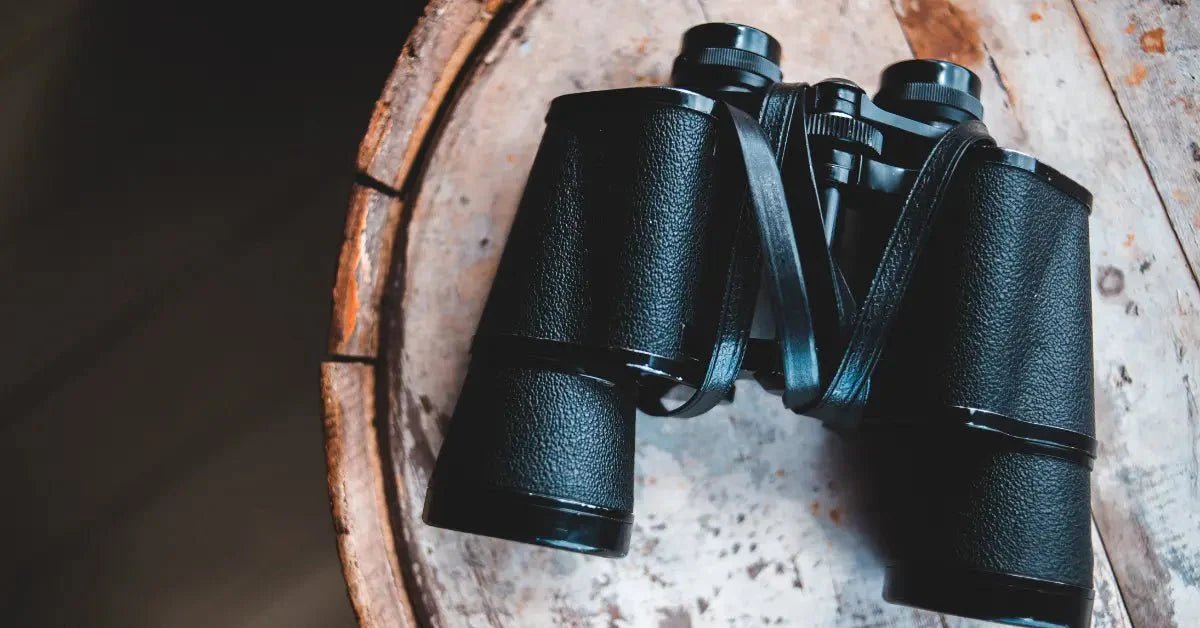Have you ever seen those stunning photos in magazines and thought, "How do they do that?" Well, let me let you in on a little secret—it's not all about the camera. A lot of the magic happens with something as simple as a lens filter.
Yes, that's right, those thin, often overlooked accessories can pack a serious punch in your photography game.
Whether you're just starting out with your camera or you've been shooting for years, getting to know the different types of camera lens filters can totally change the game. This blog is here to peel back the curtain on these unsung heroes.
We’re going to explore the various types of filters out there, what they do, and why you might want to use them. Plus, I’ll show you how they can amp up the quality of your photos from "nice" to "are you a professional?" level.

So, grab your favorite camera, and let’s look into the colorful and transformative world of lens filters. Ready to level up your photography?
Let’s go!
Types of Camera Filters
UV Filters: Your Camera's Best Bodyguard

What’s the Deal with UV Filters?
UV filters? They’re not just plain glass stuck on your lens.
They’re more like security. Quiet. Ready. Always watching.
In the past—back when film ruled—UV light was a bigger deal. It messed with your photos. Haze. Blur. That faint blue tint. Especially if you were snapping shots near the ocean or way up in the mountains.
Today’s digital cameras? They’re better. But not perfect. Harsh light? Still a problem. Strong haze? Still happens. A good UV filter? It helps. It clears things up just a bit—especially when light gets wild.
Why Bother with UV Filters?
Here’s the real reason. Protection.
It’s your lens’s first armor.
Dirt, dust, fingerprints, sudden sprays of water? The UV filter takes the hit. Not your expensive glass.
Let’s be honest—cleaning a $30 filter? No stress.
Touching your $1,000 lens with a cloth? Anxiety.
And if you’re switching lenses in the middle of the action—city, forest, beach, wherever—wouldn’t you want backup? Something always in place. Quiet, invisible, strong.
It’s not just about UV light. It’s about keeping your lens sharp, clean, and safe.
Check This Out:
You’re out hiking. It’s bright. You take two photos. One with a UV filter. One without.
The filtered one?
Crisp. Clear. The colors pop. You barely need to edit.
The other?
Soft. Blue-ish. Like someone smeared the lens with a dusty thumb.
That’s the kind of small edge that matters. Especially when light misbehaves.
Polarizing Filters: Taking Control of Light and Reflections

What’s Up with Polarizing Filters?
Taking photos isn’t just about pointing and clicking. Sometimes, your pictures need a boost. That’s where a polarizing filter comes in. It’s a small tool, but it packs a punch. It can turn a basic photo into something that really stands out.
Why Use Polarizing Filters?
In short? It reduces reflections. Think water, windows, shiny surfaces. All that glare? Gone. What’s left behind? Rich colors. Blue skies look deeper. Trees and leaves pop with color. Clouds show more detail. Everything looks cleaner, crisper, better.
It’s not fake. It just shows what’s already there—without the distractions.
Love landscape shots? Travel pics? Cool buildings? A polarizer is your friend.
Ever take a lake photo that looked more like a mirror than water? Or a city shot where the building just reflects the sky? A polarizer fixes that. It cuts the glare. You see more detail. More texture. More story.
And in bright light? It helps even more. It cuts haze. Makes far-off mountains sharper. More defined. It’s not just a fix—it’s an upgrade.
Visual Example:
You’re at a lake. The sun’s going down. In one shot, the water is blinding. Bright spots. Flat color. No depth.
Now try again—with a polarizer.
Suddenly, the glare disappears. You see rocks under the surface. Plants swaying gently. The water looks smooth. Peaceful. The colors? Wow. Rich and deep. That photo tells a story. A real one.
Neutral Density Filters: Master the Art of Exposure

What Are Neutral Density (ND) Filters?
Imagine giving your camera a pair of sunglasses—but the kind that knows exactly what it's doing. That’s an ND (neutral density) filter. It doesn’t change your image’s color or add any strange tints. It just blocks some light. That’s it. This simple move lets you use slower shutter speeds or wider apertures, even when the sun is blazing.
You know those dreamy photos where waterfalls look like silky ribbons or a crowded city street turns into a soft blur of motion? Yeah, that’s the ND filter at work. It's subtle but powerful. Under harsh light or shiny surfaces, it quietly helps you make something beautiful.
Why ND Filters Rock
Here’s the thing: ND filters open creative doors that bright light usually slams shut. Want to shoot wide open at f/1.4 during the middle of the day? Without an ND, you're basically asking for trouble. Your highlights will scream. Your shot might burn out.
But drop in an ND filter—and magic. You can slow things down. Let motion blur. Show time passing. Capture mood. Flow. Life. All without wrecking your highlights or resorting to awkward camera settings.
Photographers and videographers love them for a reason. They help you get that pro look—the kind with softness, motion, and drama baked into the frame.
Visual Example:
Picture this: it’s noon. You’re in Shibuya, Tokyo. Cars rush past. People dart across the street. It’s a scene of motion and energy. With a fast shutter, you freeze it—boring. But with an ND filter? You slow the shutter. Suddenly, it’s poetry. The people blur into flowing lines. The chaos becomes rhythm. The city becomes a painting.
Graduated Neutral Density Filters: Evening Out Those Bright Skies

What’s the Scoop on Graduated ND Filters?
Ever tried to shoot a landscape and ended up with a sky that’s way too bright? Graduated ND filters can help. They’re like sunglasses for your camera—but smarter. These filters are half clear and half tinted. The top part is darker; the bottom part is see-through. Why? So the bright sky doesn’t overpower the rest of your photo.
Instead of fixing your exposure later in editing, you can do it while shooting. These filters help balance light. That means no washed-out clouds. No pitch-black trees. Just a clean, balanced shot—right from your camera.
When to Use Graduated ND Filters
Graduated ND filters work best in tricky light. You know, those times when the top of your photo is glowing and the bottom is dim. Picture this: a blazing sunrise over a dark forest. Or city buildings sitting under a glowing sunset. Without help, you either blow out the sky or lose detail below.
Use these filters for:
- Sunrises and sunsets over lakes, oceans, or mountains
- Wide landscapes with different lighting from top to bottom
- City scenes where the sky is bright but the streets are dark
- Beaches at golden hour with sunlight bouncing on the water
These filters don’t just “fix” light. They shape it. Control it. Sculpt it. You get to decide what the eye sees first—and what it sees next.
Visual Example:
Imagine this: you’re standing on a beach. The sky is on fire with red and gold. Gorgeous. But the sand? The waves? Way too dark. Your camera has a problem. Expose for the sky, and the beach vanishes into shadow. Expose for the beach, and the sky becomes a white blur.
Now put a graduated ND filter on your lens.
Boom. The top darkens just enough. The bottom stays untouched. You press the shutter. Done. The photo looks like what your eyes saw: rich detail in the sky and on the ground. One shot. No compromise.
Special Effects Filters: Unleash Your Creative Side

What Are Special Effects Filters?
Feeling like your photos need a touch of magic straight out of the lens? Special effects filters are physical attachments for your camera lens that transform the scene before you even press the shutter. Think glimmering starbursts, dreamy hazes, or even surreal color shifts. These aren’t post-production tricks—they're real-time creativity boosters that change how light interacts with your shot. No apps. No edits. Just pure visual sorcery in-camera.
When to Whip Out These Filters
Got a spark of inspiration and want your shots to reflect your artistic side? That’s your cue. Special effects filters thrive when you’re chasing mood, storytelling, or visual impact. A starburst filter turns every point of light into a radiant flare—perfect for vibrant night scenes or twinkling cityscapes. A soft-focus filter? Ideal for romantic portraits or misty landscapes. These filters shine when the goal isn’t realism but emotional resonance. They let you say more with your photos—without saying a word.
Visual Example:
Picture this: a quiet evening in the city. Without a filter, it’s just streetlights and shadows. But with a starburst filter, each lamp erupts into a radiant sunburst, every light source transformed into an eye-catching focal point. What was once ordinary becomes cinematic. Now imagine layering that with a soft-focus effect—your image goes from snapshot to ethereal dreamscape.
Why Are Camera Lens Filters Important?
Camera lens filters are important for several reasons, primarily enhancing image quality and protecting the camera lens. Here’s a detailed look at why they are so crucial:
Image Enhancement:
- Color and Contrast Management: Filters like polarizing filters can significantly enhance the colors and contrast in a photo. For example, they can make the sky appear bluer and the clouds stand out more, providing a dramatic effect that enhances the overall composition.
- Reduced Glare and Reflections: Polarizing filters are also essential for reducing glare from reflective surfaces such as water, glass, and shiny metal, allowing for clearer and more detailed images.
- Controlled Light Exposure: Neutral density (ND) filters allow for more control over exposure settings by reducing the amount of light entering the lens. This is particularly useful in bright conditions where managing exposure can be challenging.
- Balanced Exposure: Graduated neutral density (GND) filters help balance the exposure between a bright sky and a darker foreground, which is vital for landscape photography during sunrise or sunset.
Protection:
- Physical Barrier: A UV filter, which is clear, can be left on a lens at all times to protect it from scratches, dust, dirt, moisture, and fingerprints. This prolongs the lens's life and maintains its resale value.
- UV Light Blocking: UV filters also block ultraviolet rays, which can contribute to a bluish cast in images and potentially harm the lens elements over time.
Creative Effects:
- Special Effects Filters: These filters, such as starburst or soft focus filters, allow photographers to add creative effects directly through the camera. This can inspire creativity and offer unique photographic expressions that might be difficult to replicate post-production.
- Flexibility and Experimentation: With various filters, photographers can experiment with different visual styles and techniques directly in the field, seeing the effects in real-time and adjusting as needed.
Enhanced Workflow:
- Less Post-Processing: By achieving certain effects like color enhancement, exposure balance, or creative effects directly through the lens, photographers can reduce the amount of time spent on post-processing, making their workflow more efficient.
In summary, camera lens filters are indispensable tools that offer protective benefits, enhance photographic quality, and expand creative possibilities. They are valuable both in practical terms, by protecting the lens investment, and in artistic terms, by expanding the photographer's toolkit.
Conclusion
Camera lens filters are a photographer’s best friend, offering a multitude of ways to enhance and protect your images. From the clarity-enhancing UV filter to the creative potential of special effects filters, there’s a lens filter for every scenario. Remember, the best way to truly appreciate what lens filters can do is to experiment with them.
Look into the world of lens filters and see for yourself how these tools can transform your photography. For more insights and to explore a range of camera lens filters, visit Nuzira.
Embrace the journey of mastering lens filters and take your photographic skills to new heights!

